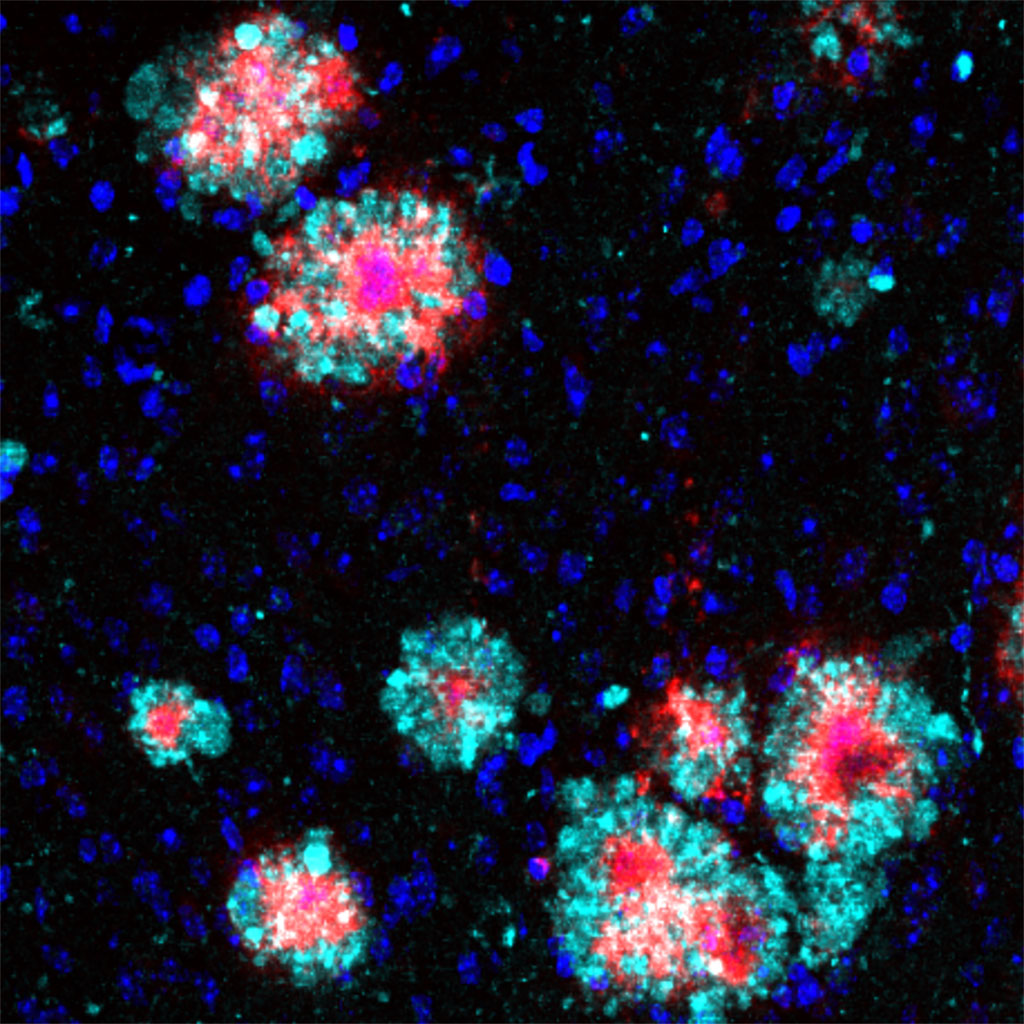Cerebrospinal Fluid Test for New Alzheimer’s Biomarker Could Improve Diagnosis
Posted on 20 Jul 2023
Alzheimer's disease is predominantly diagnosed in individuals over the age of 65, yet its development begins years prior to the appearance of observable symptoms. The condition is caused by the accumulation of small proteins, or amyloid-beta peptides, in the brain, forming plaques that trigger inflammation and eventually result in neuronal cell death. The precise catalyst for these pathological transformations remains undetermined, and effective early-stage diagnostic markers are yet to be identified. Now, a breakthrough has been made by a research team studying the proteome - the complex interaction of proteins involved in the disease's onset and progression - in Alzheimer's-affected brains. They've identified a new protein involved in the disease's pathological process that could potentially serve as a novel diagnostic marker as well as enhance understanding of Alzheimer's.
The researchers at the Max Delbrück Center (Berlin, Germany) performed proteome analysis on genetically engineered mice having the five mutations present in humans with familial Alzheimer's disease. These mice had developed amyloid-beta plaques in their brains and exhibited typical symptoms like dementia. Upon analysis, the researchers observed an accumulation of a protein named Arl8b, along with amyloid-beta plaques, in the brains of both the mice and human Alzheimer's patients. Arl8b is linked to lysosomes, cell organelles that break down protein clumps. Interestingly, a separate research team recently found in nematode worms that increased production of Arl8b can degrade these plaques, thereby reducing nerve cell damage. Further examination of Arl8b could hold the key to a deeper understanding of Alzheimer's disease and provide a potential target for therapeutic treatments.

“We can show that Alzheimer’s patients have significantly more Arl8b in their cerebrospinal fluid than healthy controls,” said Annett Böddrich, lead author of the study. Unlike brain tissue, cerebrospinal fluid is easily accessible for diagnostic studies. “This means Arl8b is an interesting candidate for a diagnostic marker,” she says.
“It’s too early to hope for a diagnostic test,” said Erich Wanker from the Max Delbrück Center who led the research team. “Our work shows that proteomic research can provide crucial information for identifying disease mechanisms and markers, and thereby move research forward. Also, this doesn’t just apply to Alzheimer’s; it’s also relevant to other complex neurodegenerative diseases such as Parkinson’s and Huntington’s.”
Related Links:
Max Delbrück Center














